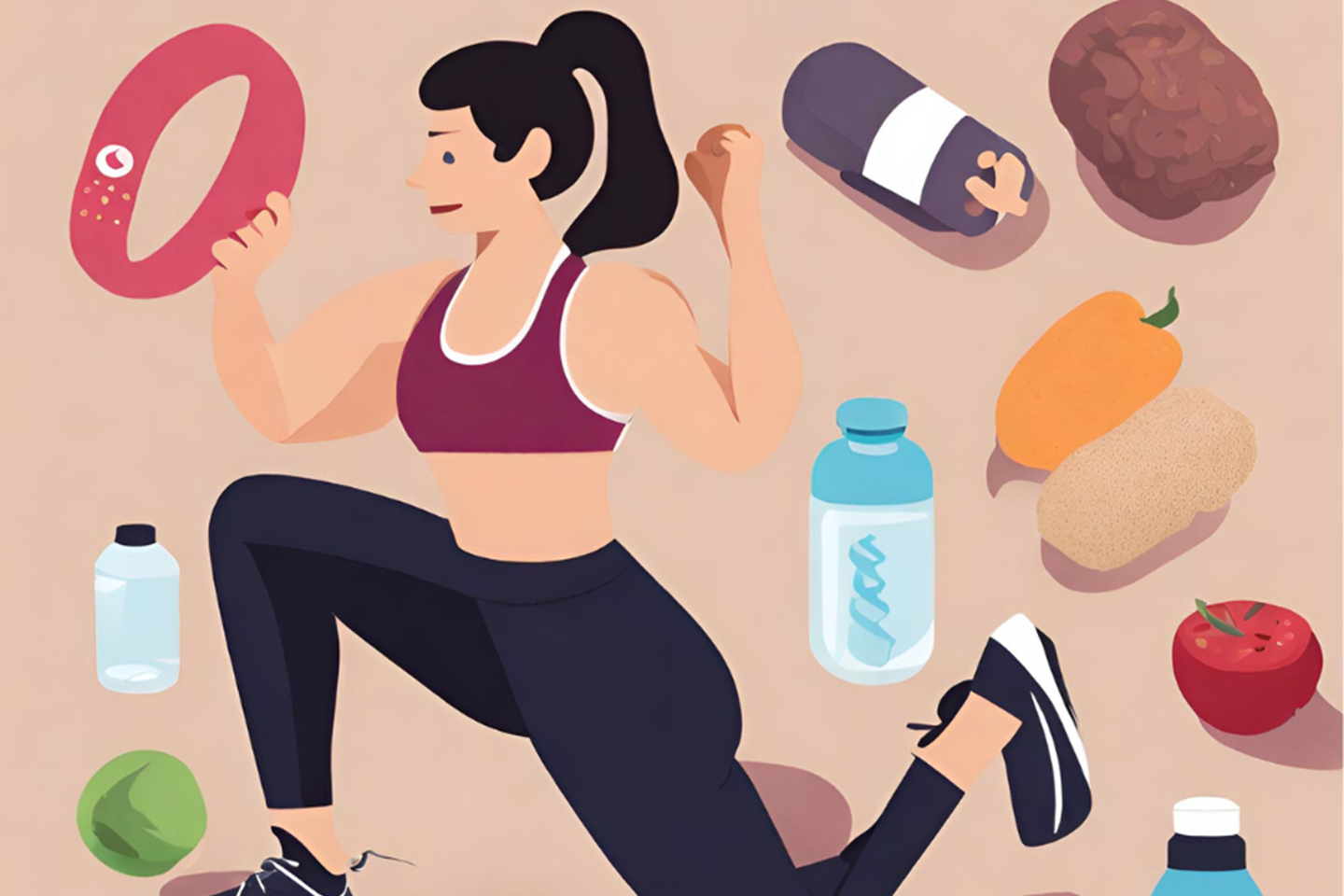Make the most of your workout experience by setting yourself up for the best possible session! Prepare yourself ahead of time and get ready for a wonderful workout.

Do you know what and when to eat to fuel your workout?
A pre-workout meal is to ensure that your body is prepared for your upcoming workout by providing it with the nutrients and energy required.
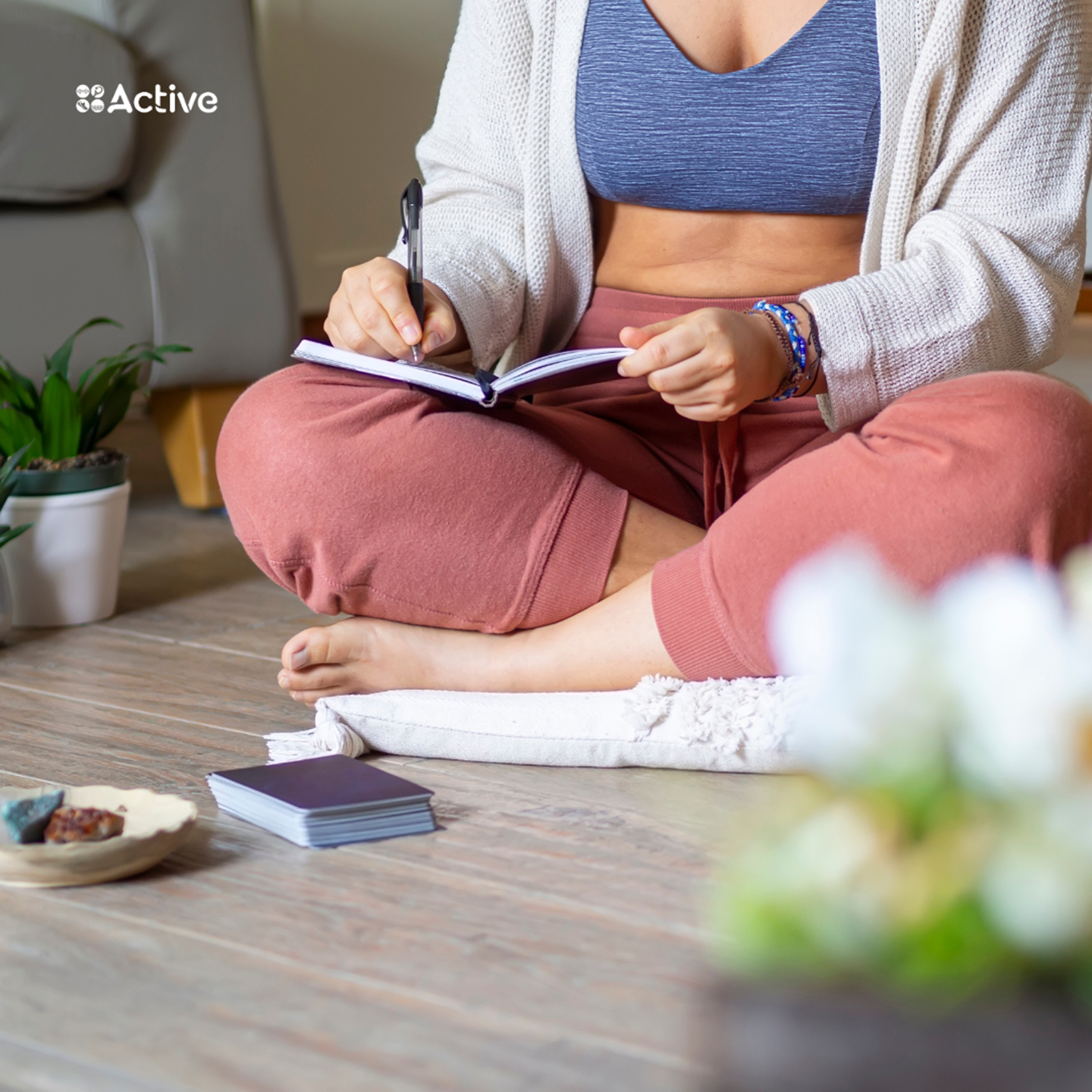
Get a routine in place
We’re often told that it takes 21 days to form a new habit, however science shows that there is no specific number of days required to form a new habit, how long it takes depends on the habit you want to form.
The University of Pennsylvania’s Wharton business school devoted a lab to answering the question of how long it takes to form a habit, among the findings was the fact that self-bribery is an effective way to get yourself to establish health new habits.
Smaller habits, like handwashing, take weeks whereas bigger habits can take months. The most important part of forming the habit is focusing on the process rather than the end goal.
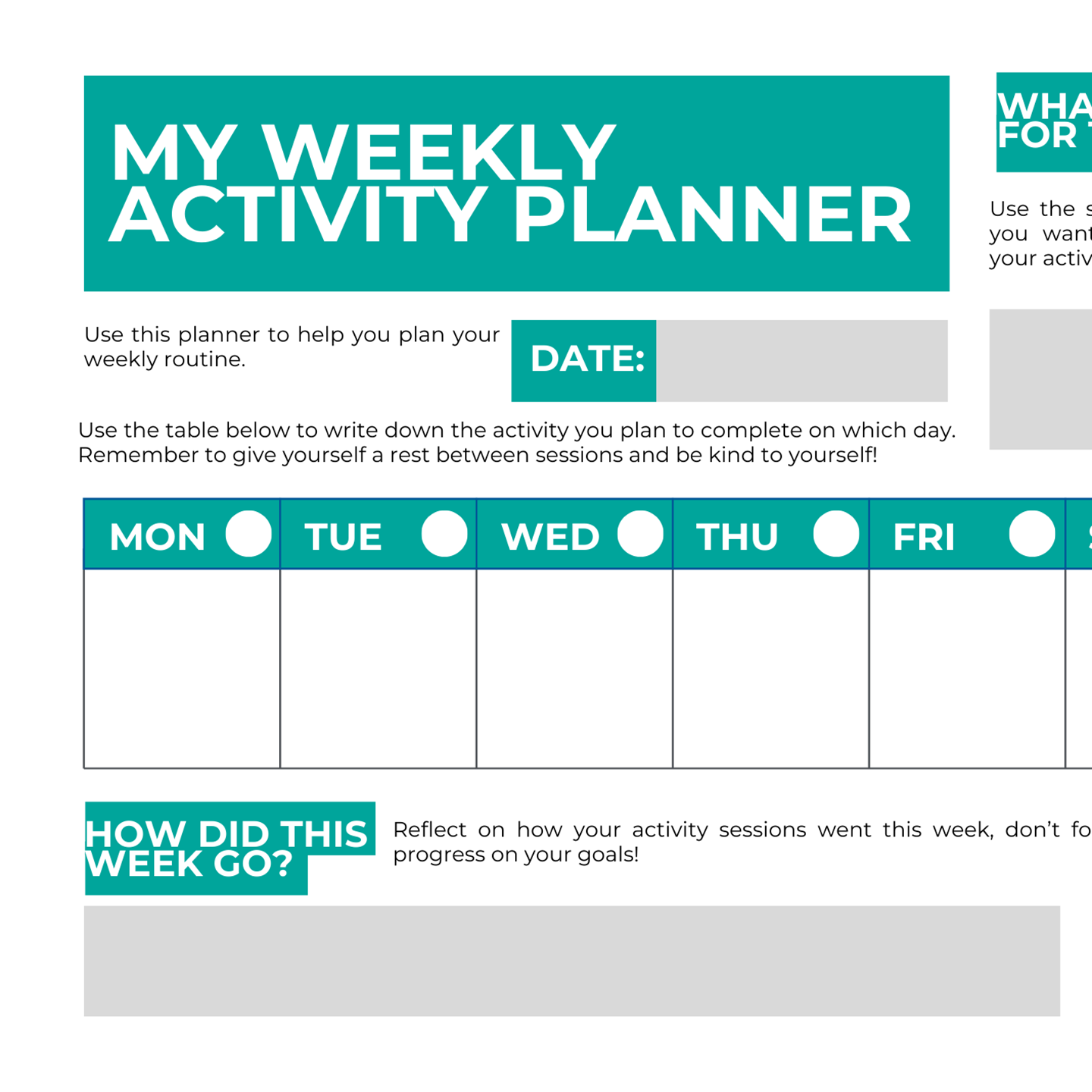
Be accountable
Writing down your workout plan can help to create a sense of accountability, increasing the likelihood of being able to stick to your fitness commitments.
We've created some free weekly and monthly workout planners to help you keep track of your progress, goals, and keep your fitness routine organised.
· Download our free weekly activity planner here
· Download our free monthly activity planner here
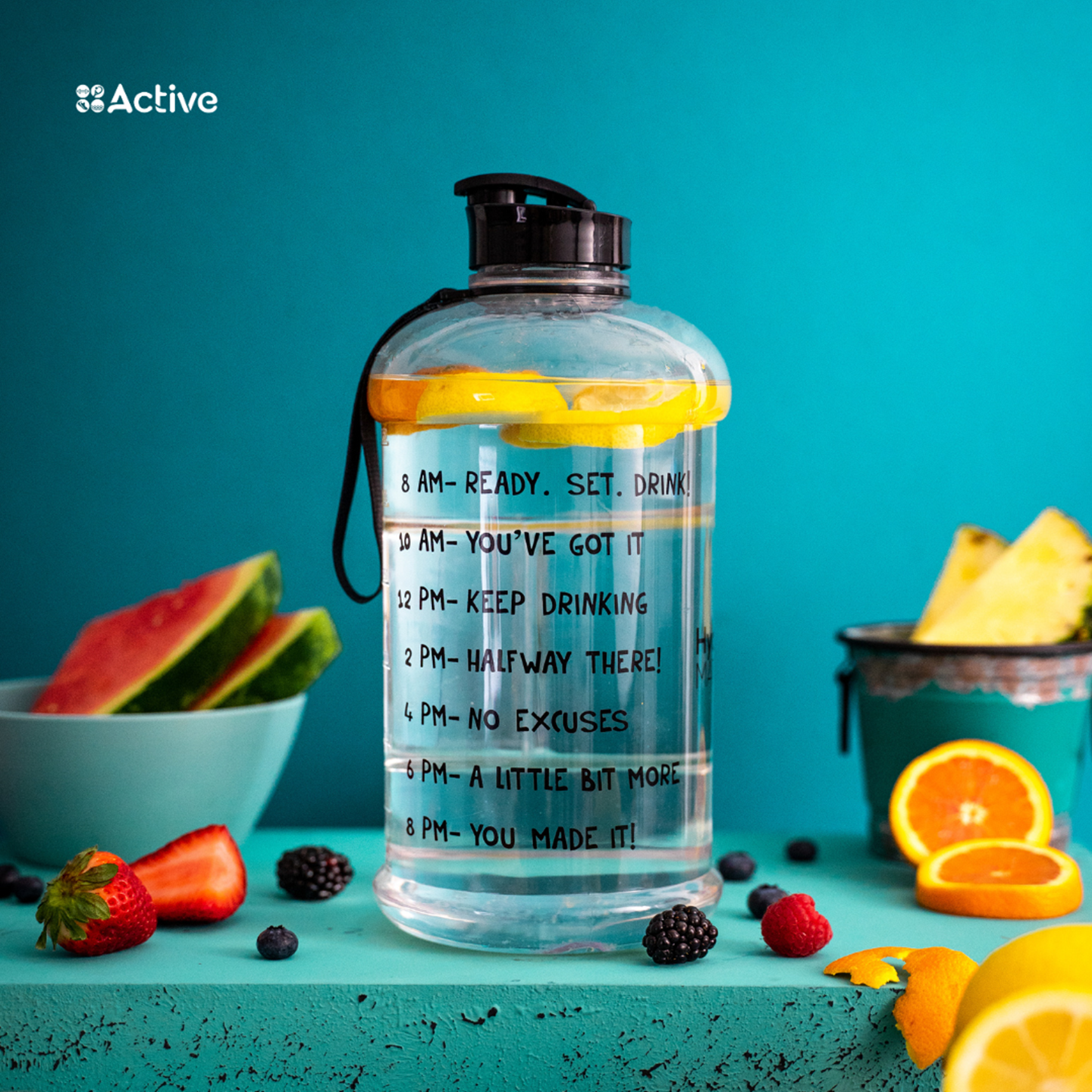
Stay hydrated
Drink water before, during and after your workout.
Did you know that we should be drinking 6 to 8 cups or glasses of water per day according to the NHS. This equals about 2 Litres, or half a gallon daily.
Not drinking enough water can cause dehydration, upsetting the balance of minerals (salts and sugar) in your body, which affects the way it functions. It can lead to tiredness, headaches, and even difficulty concentrating.
Drink water before, during and after your workout, ensuring you are hydrated means that you will have a better workout!
Staying hydrated brings incredible benefits including improved energy levels, better focus, and enhanced digestion, as well as doing wonders for your skin!
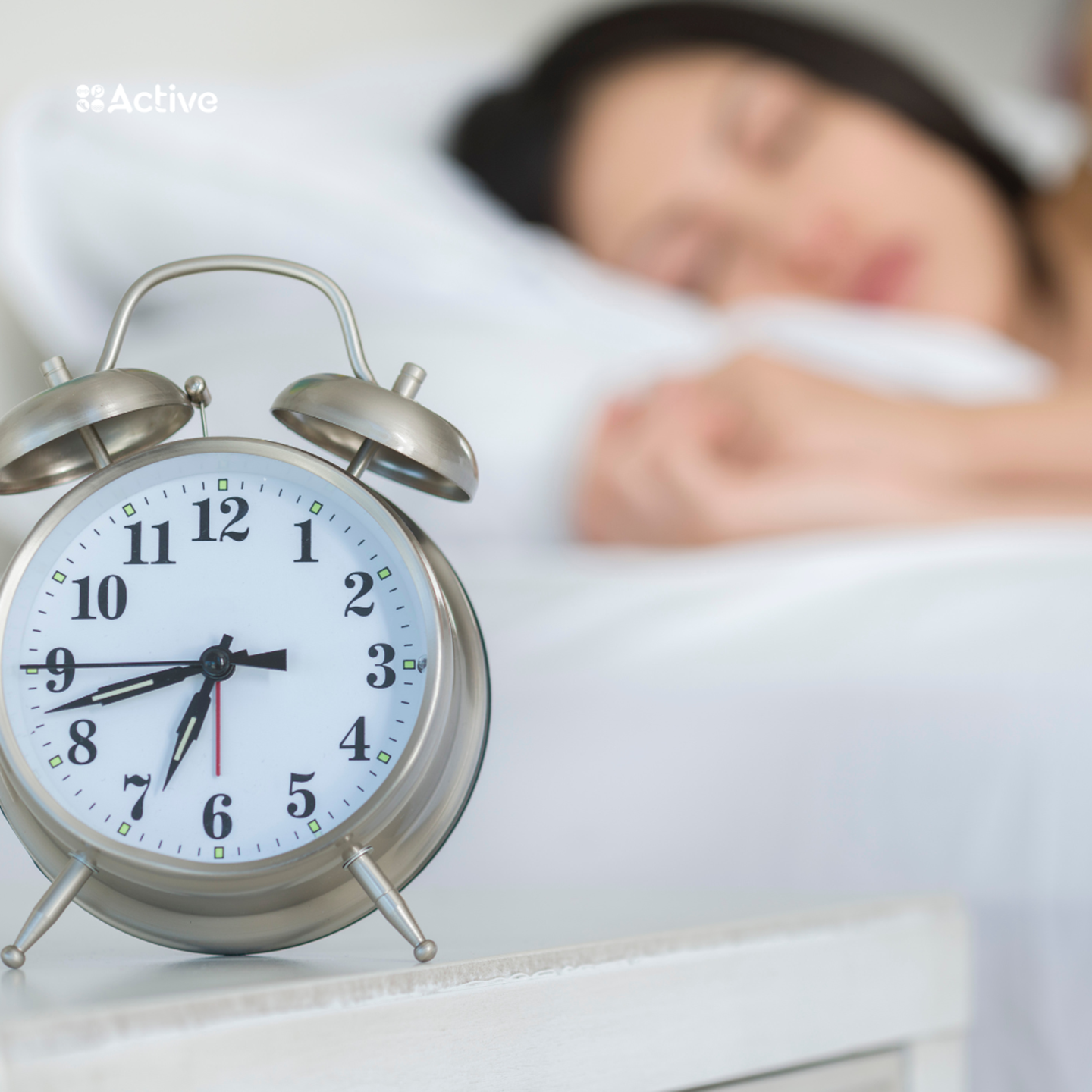
Try to get a good night’s sleep
Preparing for a workout session starts the night before, as good quality sleep is important for making the most out of the day. Poor sleep affects us all and can even prevent your body from recovering adequately from exercise.
Experts recommend that adults sleep between 7 and 9 hours a night.

Take the time to warm up and cool down
Warming up and cooling down are super important parts of your workout routine. They can really make a difference in how effective your exercise is and help prevent any injuries.
Gradual warm-up exercises raise your heart rate and increase blood flow to your muscles, preparing them for more intense activity.
Stretching during warm-ups helps with flexibility, making your muscles more pliable and responsive to movement.
Warm-up activities help lubricate your joints, reducing friction and stiffness, which is particularly important for activities involving repetitive motions.
Cooling down allows your heart rate to gradually return to its normal rate, aiding in the recovery process and preventing sudden drops in blood pressure, post workout.
Gentle stretches during the cool-down phase help prevent muscle tightness and stiffness, promoting flexibility and preventing post-exercise discomfort.
Similar to warming-up, cooling down contributes to improved flexibility, especially when combined with static stretches, which can increase your range of motion over time.
by Fiona Perryman

